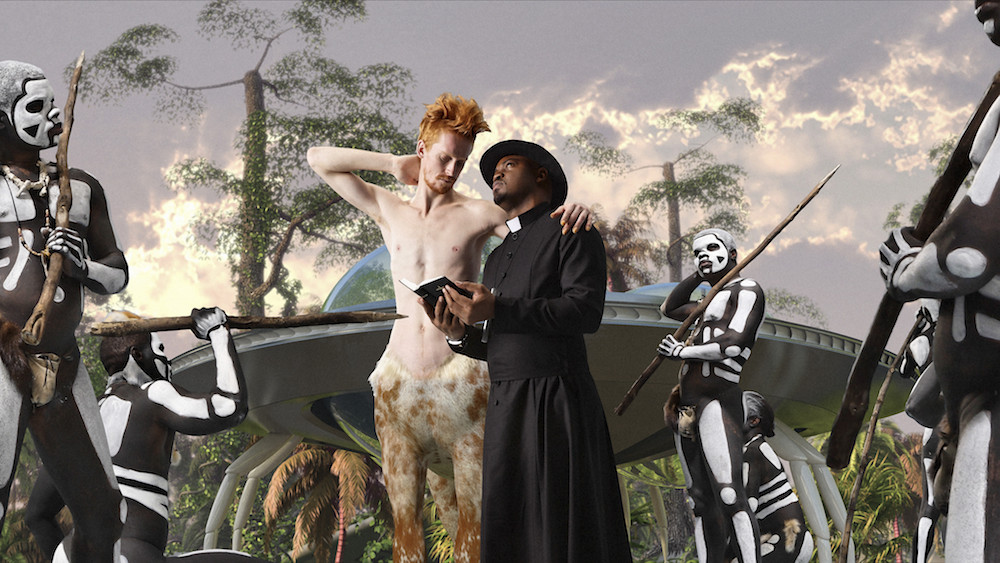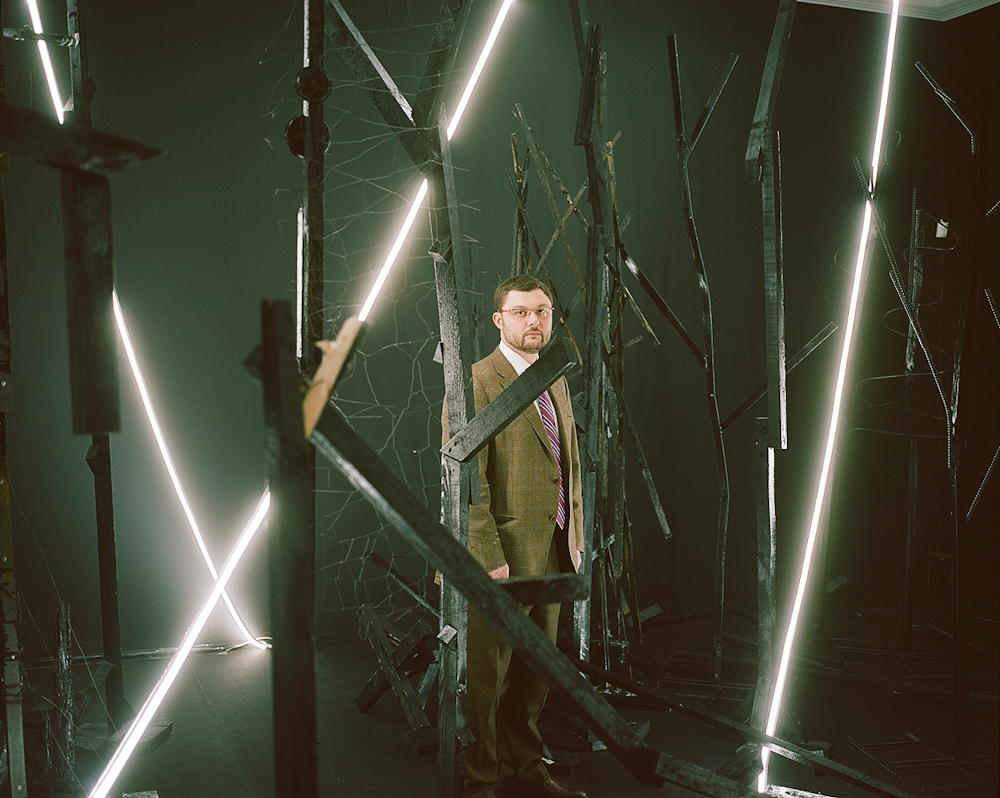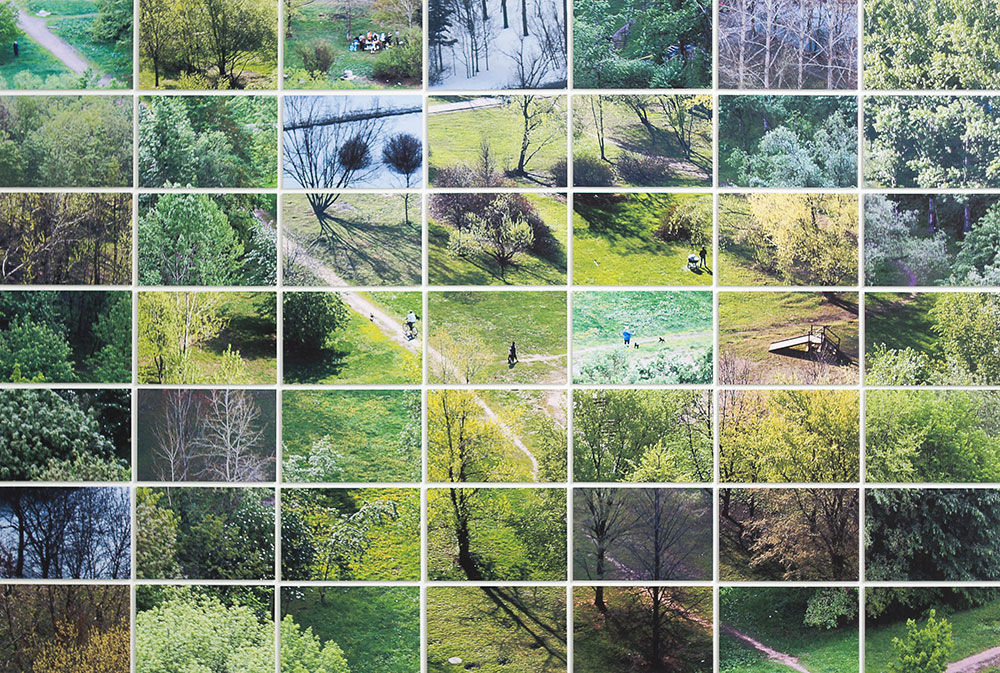Here and now: can a Moscow art fair revitalise the Russian art scene?

Cosmoscow, the Moscow contemporary art scene's newest fair, aims to put up-and-coming Russian artists in the limelight. Will it succeed?
The Moscow contemporary art scene has seen some long-awaited improvements over the past couple of years. In 2012, the Garage Museum of Contemporary Art, backed by Dasha Zhukova and Roman Abramovich, introduced a grant for artists under 35 years of age — the lucky ones receiving a monthly fee of $500 for a year. At the beginning of 2014, Garage issued an open call for young curators, with the winning exhibition proposal to be put on at the gallery. The Ekaterina Foundation, owned by Ekaterina and Vladimir Semenikhin, also launched a new series of exhibitions dedicated to up-and-coming artists, and then there is the ever-expanding VAC foundation backed by Leonid Michelson, CEO of the gas company Novatek. The foundation promotes emerging Russian artists abroad through grants, production funds and clever diplomacy, while in Moscow it stages art shows and organises a summer curatorial school with leading international art specialists.
However, contemporary art is definitely not among the priorities of the Russian state — in fact, quite the opposite. A new cultural policy announced in Spring 2014 brought so-called traditional values to the forefront, leaving the contemporary art world without any financial support from the government.
This is the complex background for Cosmoscow, the contemporary art fair that took place over the past weekend in the Manezh, one of Moscow’s biggest exhibition spaces a few steps away from Red Square. Impressively spacious at 5,000 square metres, the Manezh could easily accommodate a fair as big as Frieze, although Cosmoscow comprises only 26 commercial galleries and a few non-commercial projects for now.

The “cos” of the fair’s title is a play on words that suggests “because”: because Moscow is vibrant, because Moscow is cool, because its art scene is rich and because the city changes fast. The sleek design of the exhibition space and almost oppressive majesty of the Manezh enhance this impression. Indeed, Moscow remains an alluring, even exotic, destination for adventurous art lovers. With recent urban redevelopments it can claim its place among the most exciting contemporary art capitals. Yet the title also evokes the cosmic. Like a rare and beautiful comet, Cosmoscow has just crossed the skies of the art world for the second time after a four-year pause. It aims to show up more regularly from now on. But nobody is saying it will be easy.
When Margarita Pushkina, Cosmoscow’s founding director, was discussing the future of the project in August 2013 with her co-director, Sandra Nedvetskaya, no one could predict the political and economical upheavals that were to follow, and Russia’s questionable role in them. “The political situation made it more difficult for us to persuade the galleries to come,” says Pushkina. “Some opted for guest status, rather than participant.” Nedvetskaya, who left a top-level job as business development director at Christie’s for Russia to take up the job at Cosmoscow, is cautiously optimistic. “During the past year I’ve met so many talented artists. They strive to get access to the international art scene and I want to use my experience to help them,” she says.
Moscow remains an alluring, even exotic, destination for adventurous art lovers
Both directors are avid collectors. When I meet Nedvetskaya over coffee in Moscow’s chic Golden Mile area, she shows me pictures of works she owns by Chrisopher Williams, Joana Vasconselos, Matt Saunders and Antonis Donef — all rising or established stars of the international art scene. She confesses that, for the moment, there are no young Russian artists in her collection, a gap that she hopes to fill with the help of Cosmoscow. Pushkina, on the other hand, is known for her passionate support of emerging Russian art. It was she who, back in 2010, envisaged Cosmoscow as an alternative to Art Moscow, an older but flagging art fair that finally closed down this year.
Cosmoscow’s goals are not so different from Art Moscow’s — to bridge the gap between the Russian and international contemporary art scenes, breed a new generation of local buyers and prove to western professionals that Russia is full of emerging talent. But since an art fair is a sort of gift box for collectors, it is crucial to choose the right wrapping. Cosmoscow’s directors are aware of this and are ready to invest more in their presentation. Apart from the prestigious exhibition space that attracts exhibitors such as New York’s Michael Werner gallery or London’s Campoli Presti, they have forged important partnerships that have given the fair international visibility, something that the Russian art scene craves. Artsy.net, a media partner with huge daily traffic, has featured a section about the fair. The collectors’ council boasts the names of the top Russian model Natalya Vodianova and LVMH boss Antoine Arnault. And just like any progressive international art fair, Cosmoscow offers numerous art talks, guided tours, VIP dinners, cocktail parties, non-commercial projects and even a kids’ area.

Russian contemporary art therefore risks being left without essential market support from the major Russian collectors. “Aesthetic barriers are more difficult to surpass than religious, political, or ideological ones,” says Alexei Gorbunov of Voronezh gallery, HLAM. The majority of Russian collectors continue to buy traditional works and fail to connect with contemporary art on a personal level. The mismatch is illustrated by Leonid Michelson, who sponsors the inspiring initiatives of the VAC foundation, but buys the must-haves of international modern art for personal pleasure. (A selection from his collection, including works by Louise Bourgeois, Constantin Brâncusi, Alberto Giacometti, Henry Moore and Willem de Kooning is on view at Whitechapel Gallery until 30 November.)
Christina Steinbrecher-Pfant, a former art director at Art Moscow and currently director at the vibrant ViennaFair, which focuses on eastern European art, says that in Russia, people are simply not used to looking at contemporary art. The shift from a traditional landscape to an installation is too harsh for a prospective buyer. “Many people struggle to understand the prices of contemporary art, are suspicious about buying from a living artist and cannot cross the line that divides art in a museum context from art in their own apartment,” she says.
Aesthetic barriers are more difficult to surpass than religious, political, or ideological ones
Despite all the hardships of the Russian art market, people are still saying positive things. Steinbrecher-Pfant herself is one of the believers. “During the past three years there has appeared a new and more conscious audience interested in contemporary art,” she says, mentioning businessmen and managers in their 40s. Sergey Popov of pop/off/art gallery repeats the sentiment: “The previous generation of buyers who were actively buying Russian art in the 2000s is slowly leaving the stage and new people are taking their place who are more open to the new names.”
These new people don’t seem to be too closely connected to the local art scene and are not on the VIP lists of international art fairs, but they are curious and it seems they are ready to listen, learn and buy. And it will be a big victory for the Russian contemporary art scene to win them over.


